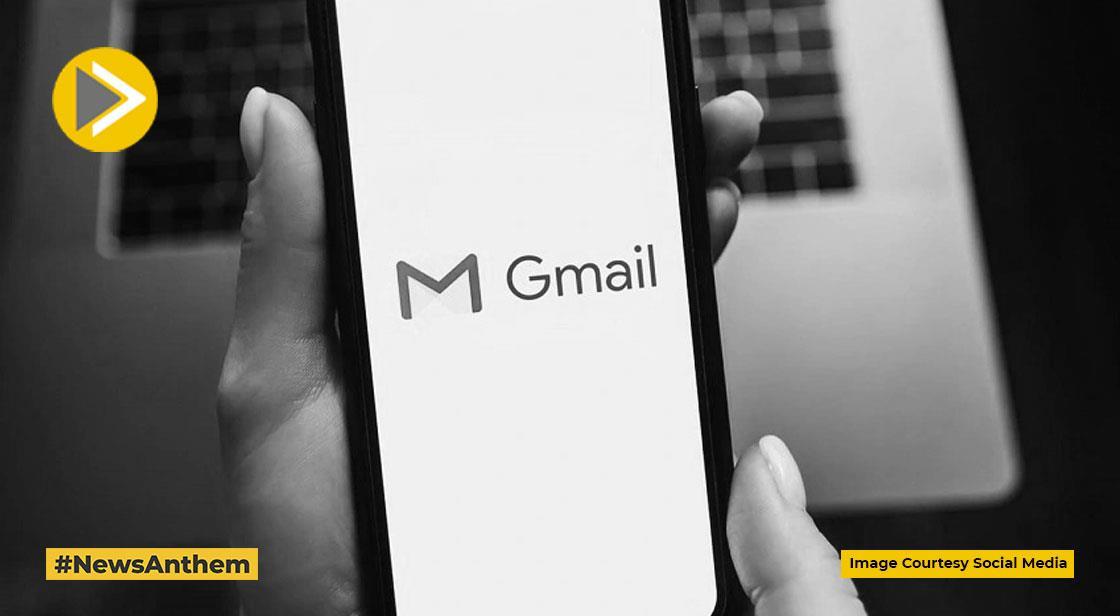Google Replaces SMS Authentication for Gmail with QR Code Login

News Synopsis
Google is transitioning away from SMS-based six-digit authentication codes for Gmail, opting instead for QR codes as a more secure two-factor authentication (2FA) method. According to a Forbes report, this shift is expected to roll out over the coming months as part of Google’s strategy to enhance security and combat SMS verification abuse.
Why Google Is Moving Away from SMS Authentication
Gmail spokesperson Ross Richendrfer highlighted the company’s concerns regarding SMS-based authentication. “Over the next few months, we will be reimagining how we verify phone numbers,” he told Forbes. Instead of users receiving a six-digit code via text message, they will now see a QR code displayed on their screens, which they can scan using their smartphone camera.
The decision to eliminate SMS verification stems from growing concerns over phishing attacks, SIM-swapping scams, and vulnerabilities associated with mobile carriers. Unlike SMS codes, QR-based authentication reduces reliance on third-party networks and enhances account security.
The Risks of SMS-Based Two-Factor Authentication
For years, SMS authentication has played a crucial role in verifying account ownership and preventing mass account creation for spam and malware distribution. However, SMS codes come with inherent risks, including:
-
Phishing Attacks: Hackers can trick users into revealing their verification codes through deceptive messages or fraudulent websites.
-
SIM-Swapping Scams: Cybercriminals can manipulate telecom providers into transferring a victim’s phone number to a new SIM card, granting them access to the victim’s accounts.
-
Carrier-Dependent Security: The effectiveness of SMS authentication depends on mobile carrier security measures, which vary across regions and networks.
By replacing SMS-based verification with QR codes, Google is eliminating these vulnerabilities and making Gmail accounts less susceptible to unauthorized access.
How QR Code Authentication Works
With this new method, users will no longer need to enter a phone number or receive a six-digit SMS code. Instead, when attempting to verify their identity, they will be shown a unique QR code on their screen. They can then scan this code using their phone’s camera or a supported authentication app.
The process enhances security in several ways:
-
No Interceptable Code: Unlike SMS messages, QR codes cannot be intercepted or stolen in transit.
-
No Carrier Dependency: Eliminates the risk of mobile carrier vulnerabilities, making authentication more secure.
-
Stronger Protection Against Phishing: Since users won’t be entering a code manually, attackers have no credentials to steal.
Google’s Fight Against SMS-Based Fraud
Another major factor influencing this transition is traffic pumping fraud (also known as toll fraud). In this type of scam, cybercriminals manipulate services into sending verification texts to numbers they control, generating revenue from each message received. By eliminating SMS-based authentication, Google aims to curb such fraudulent activities.
According to Richendrfer, “SMS codes are a source of heightened risk for users.” He emphasized Google’s commitment to improving security and preventing abuse within its ecosystem.
When Will Google Roll Out QR Code Authentication?
While Google has not announced an exact rollout date, it has confirmed that users can expect the transition in the coming months. Richendrfer hinted at more updates soon, stating, “Look for more from us on this in the near future.”
As cyber threats continue to evolve, Google’s move toward QR-based authentication represents a significant step toward protecting user accounts. Many users will likely welcome this change as a long-overdue improvement in online security.
You May Like









